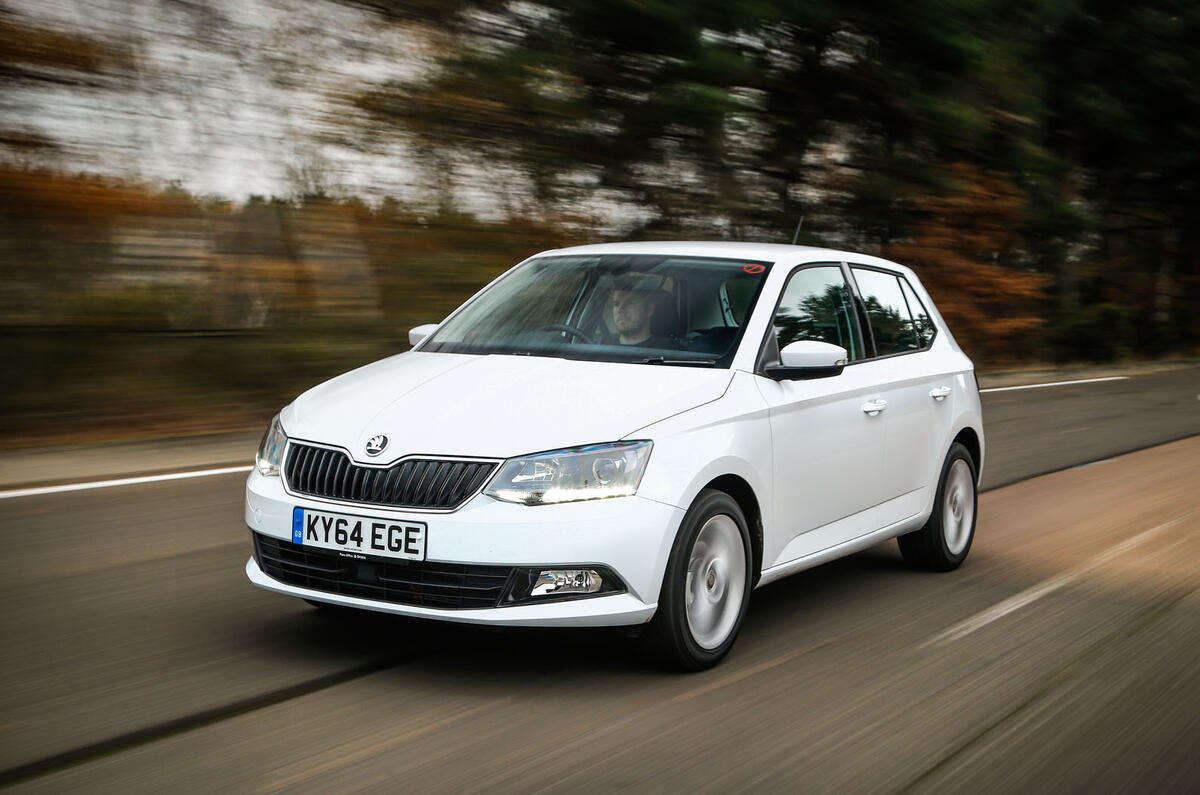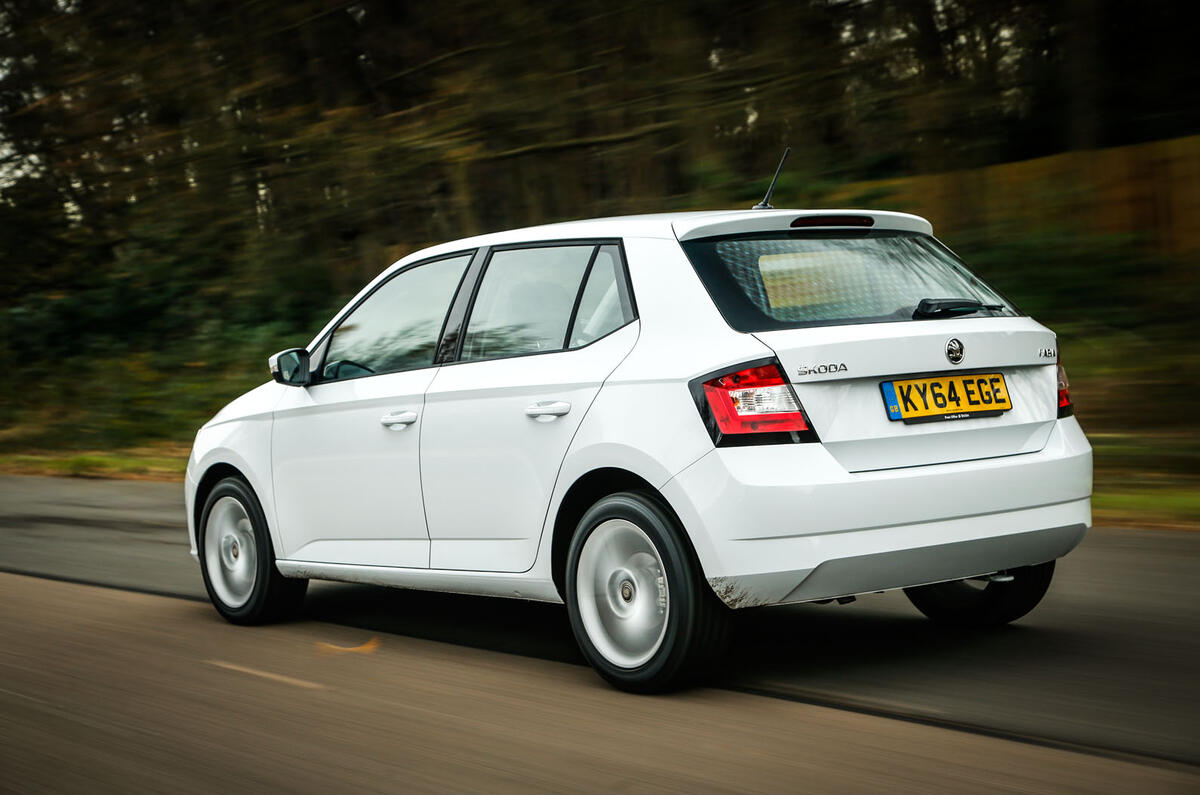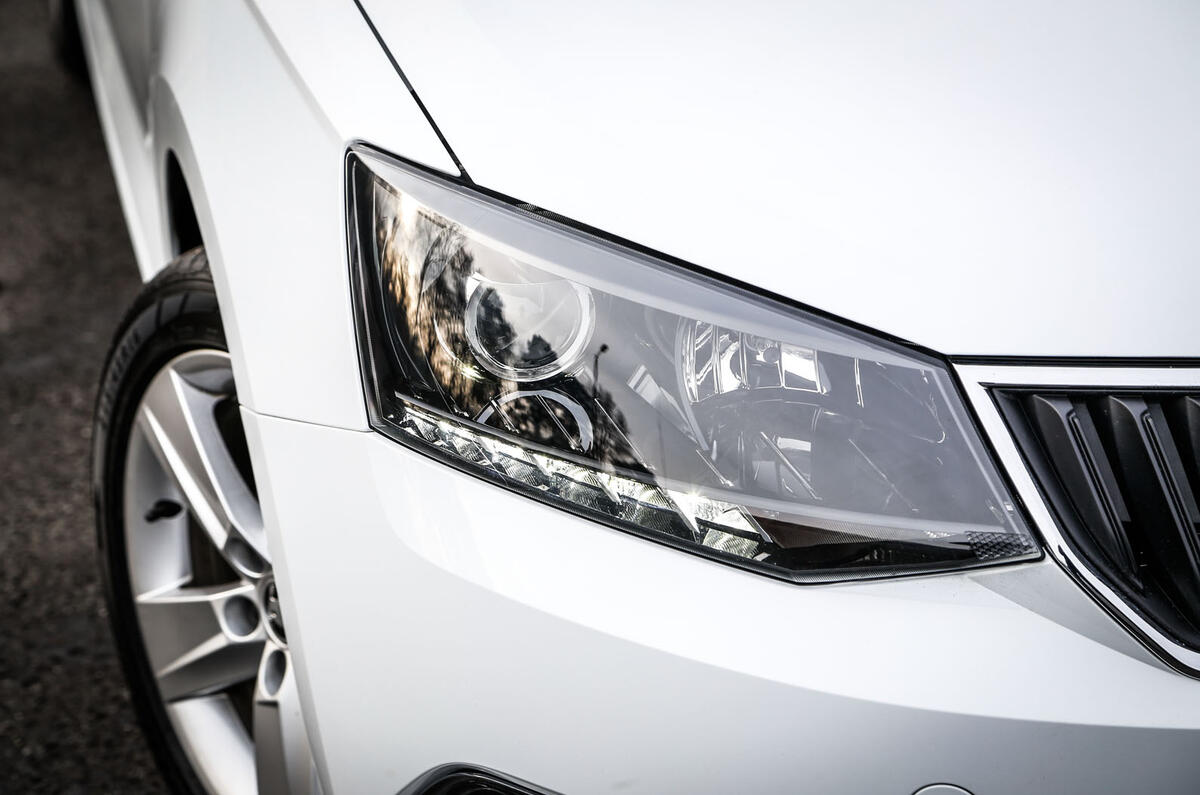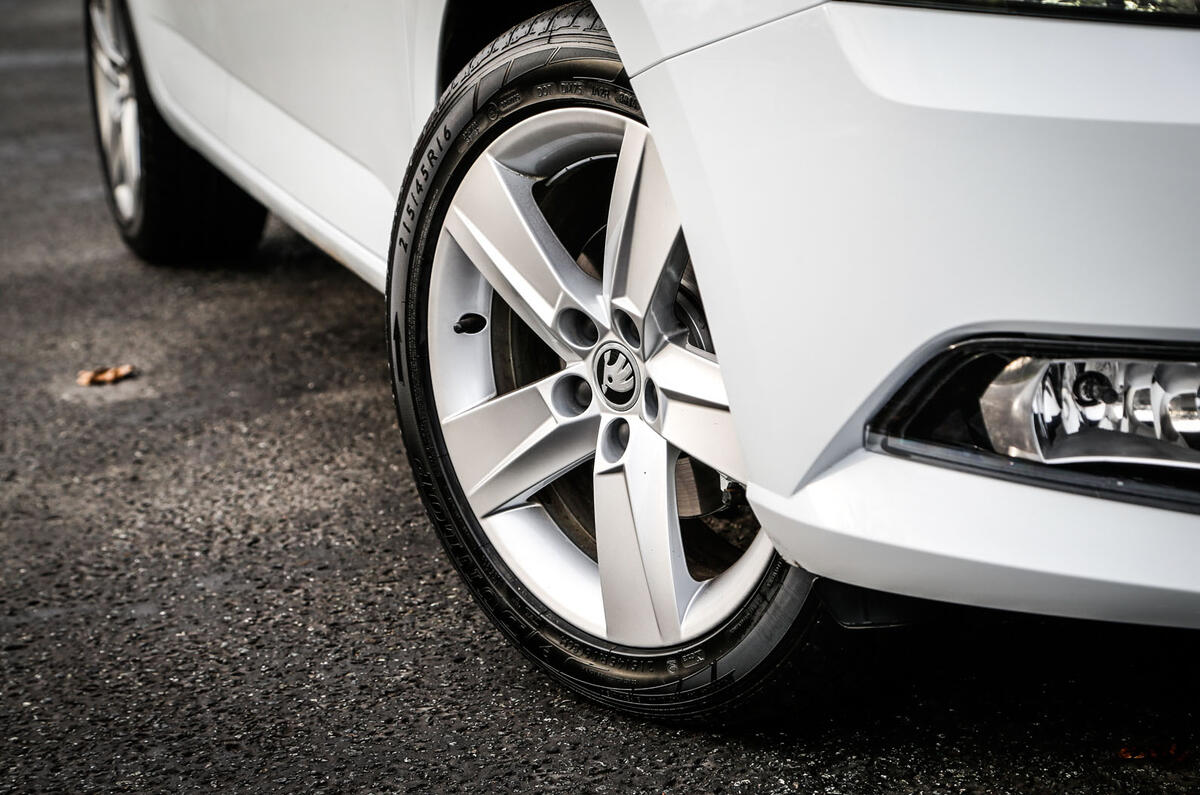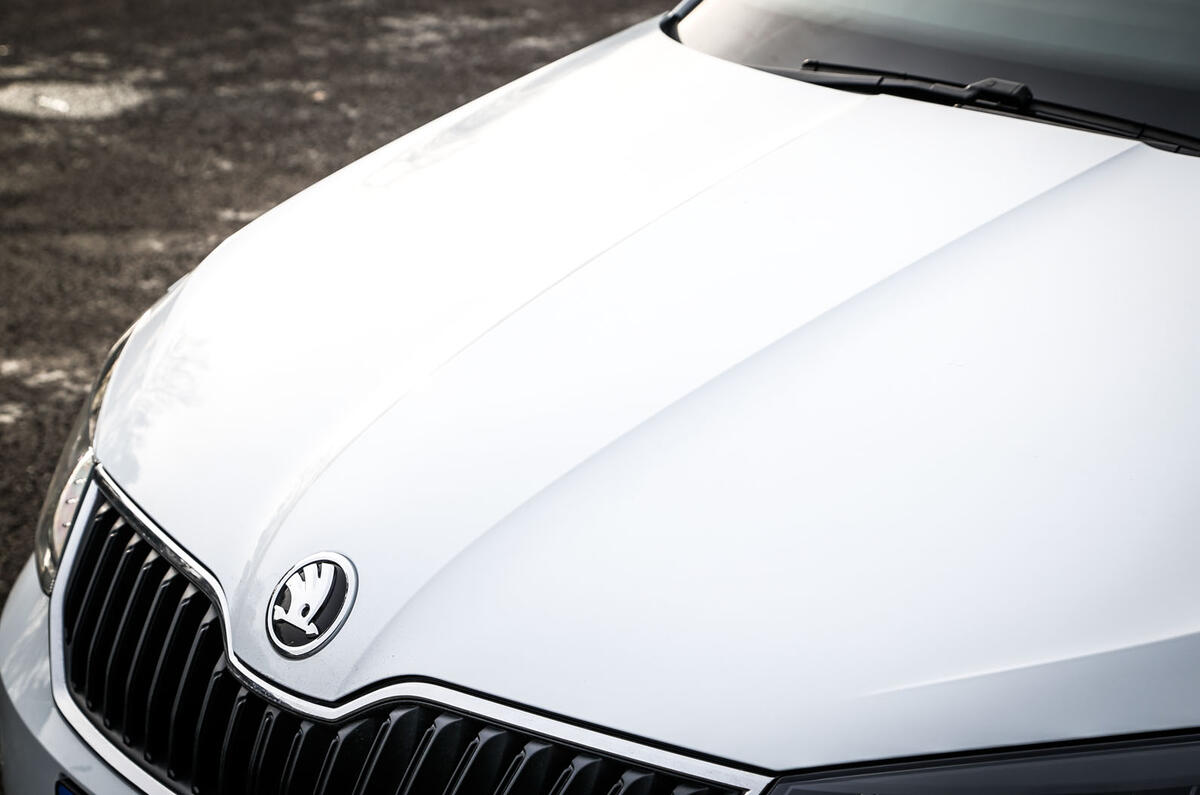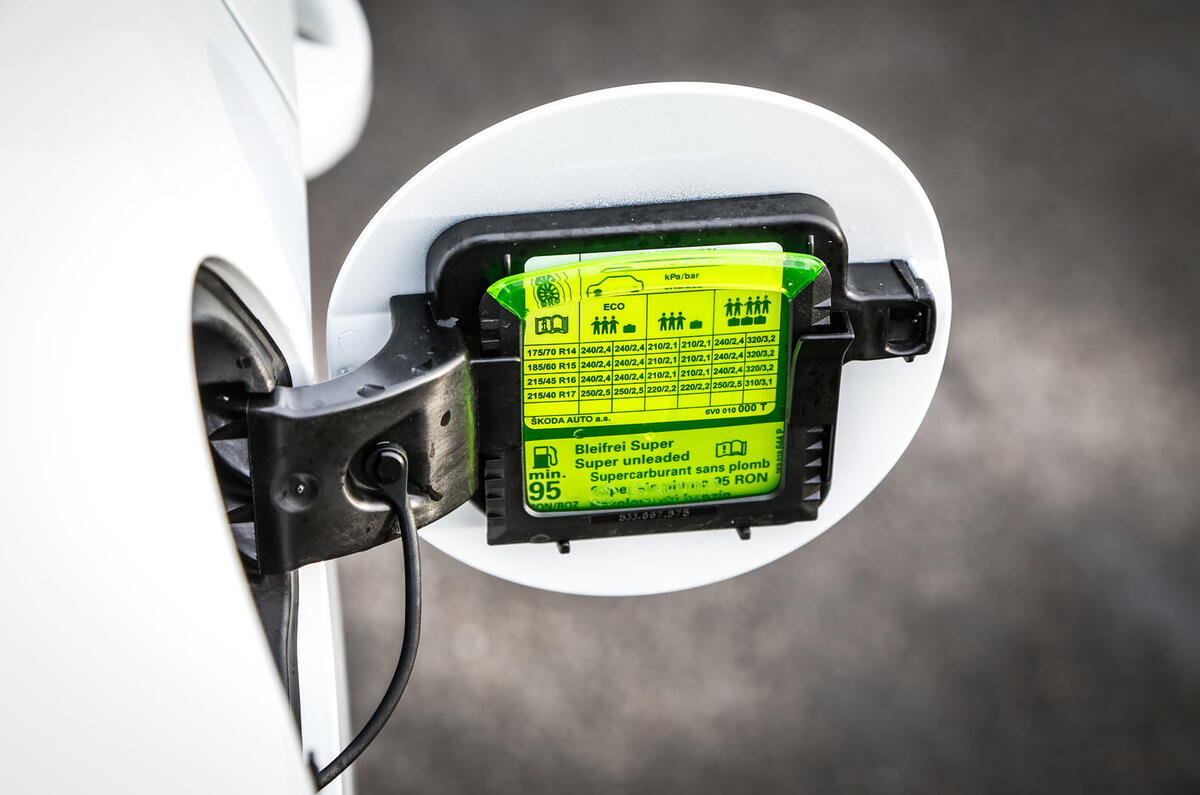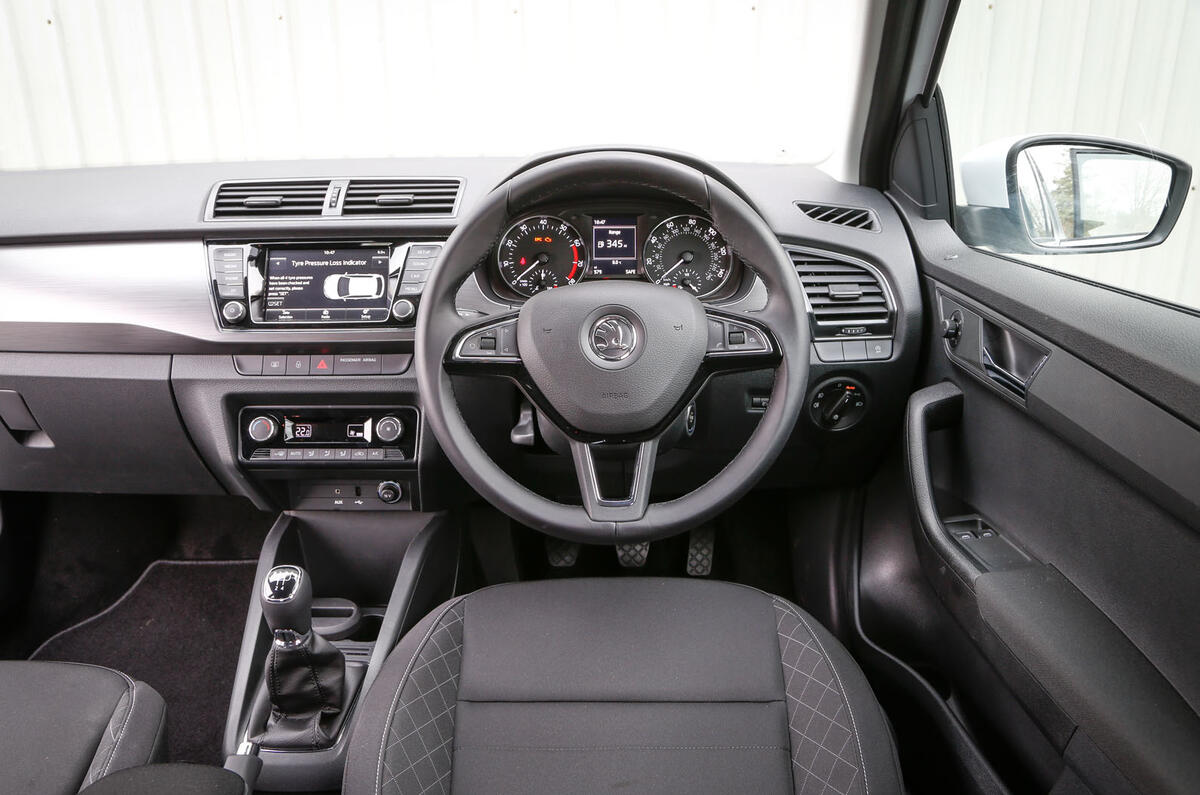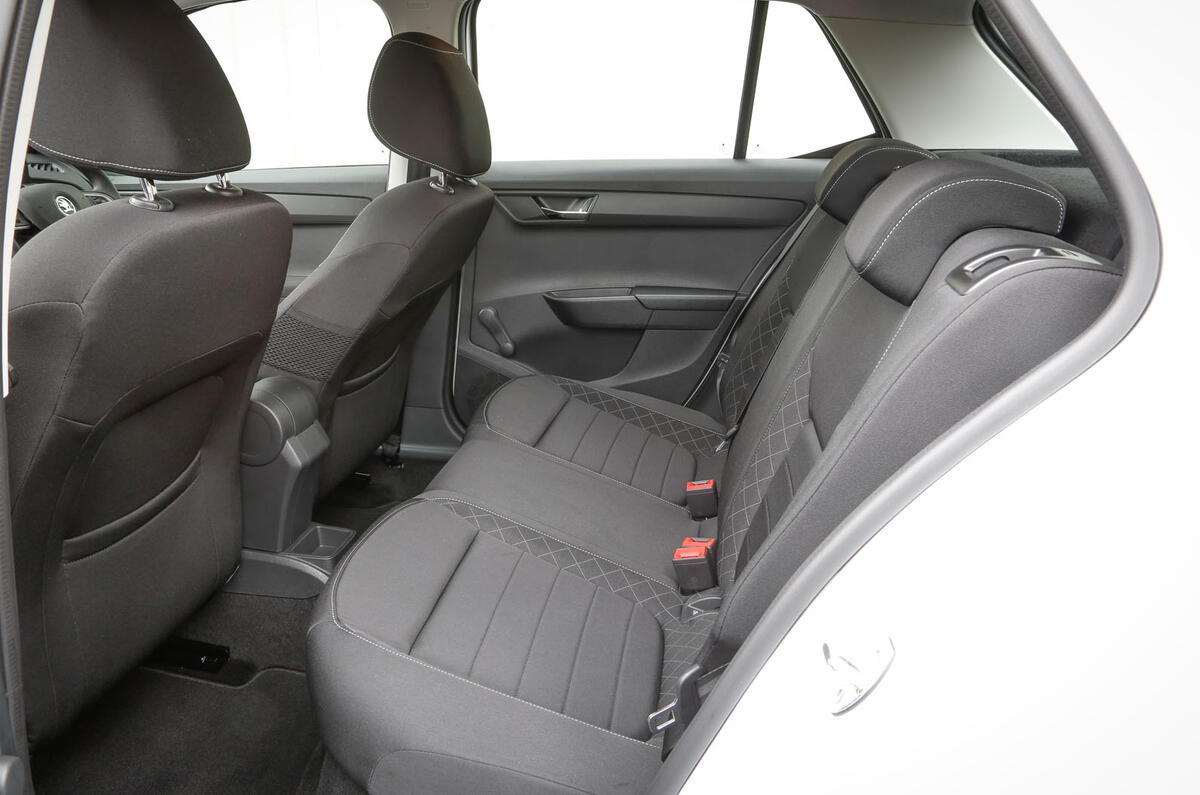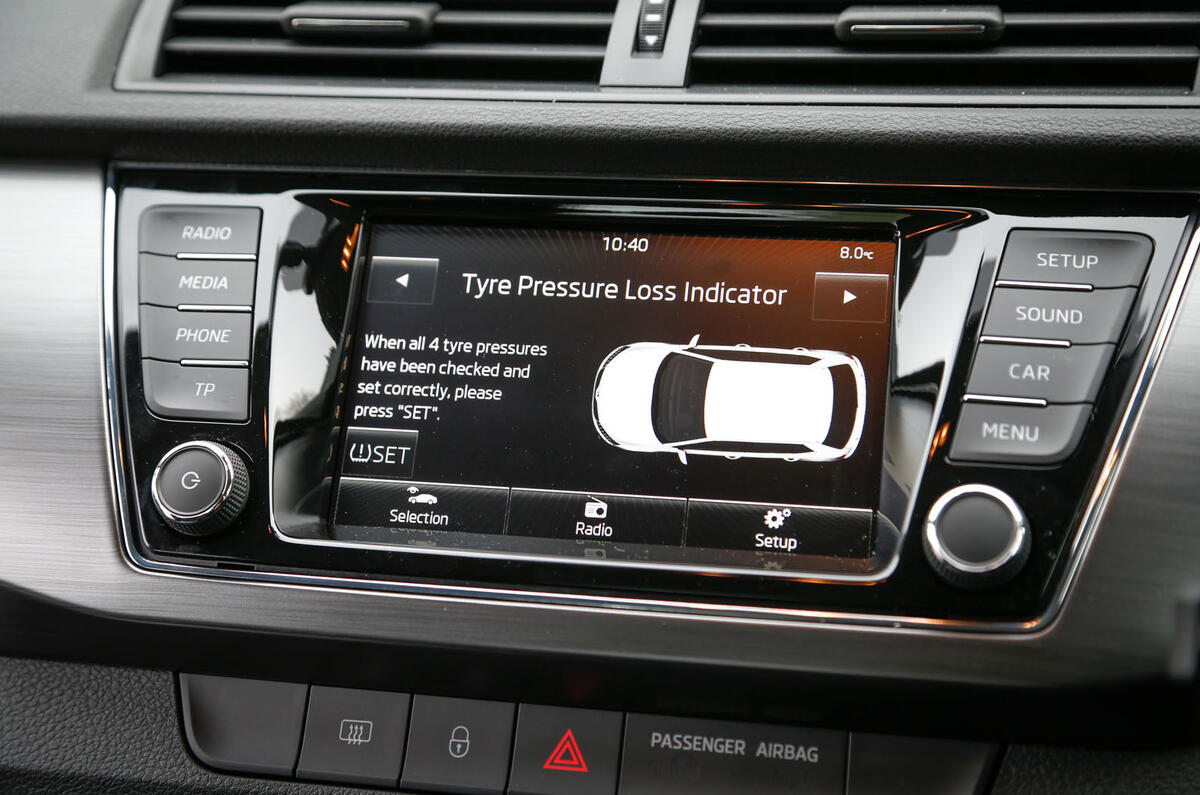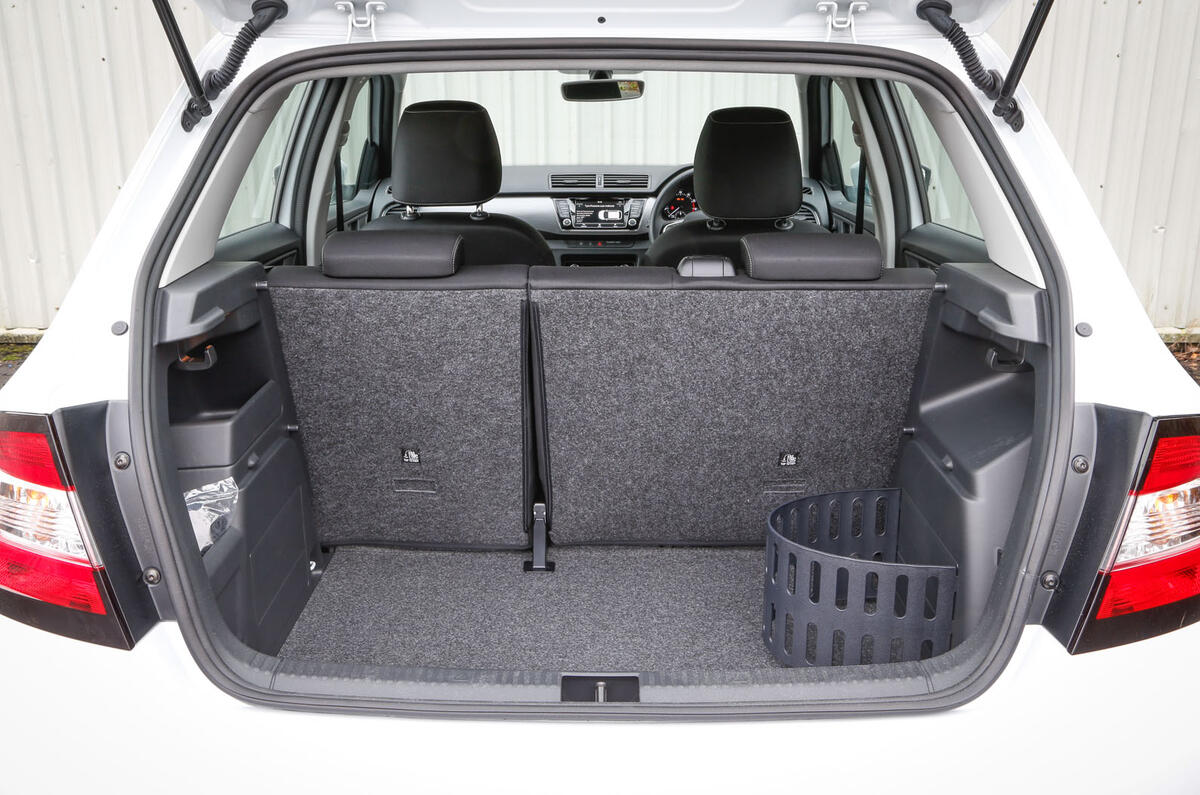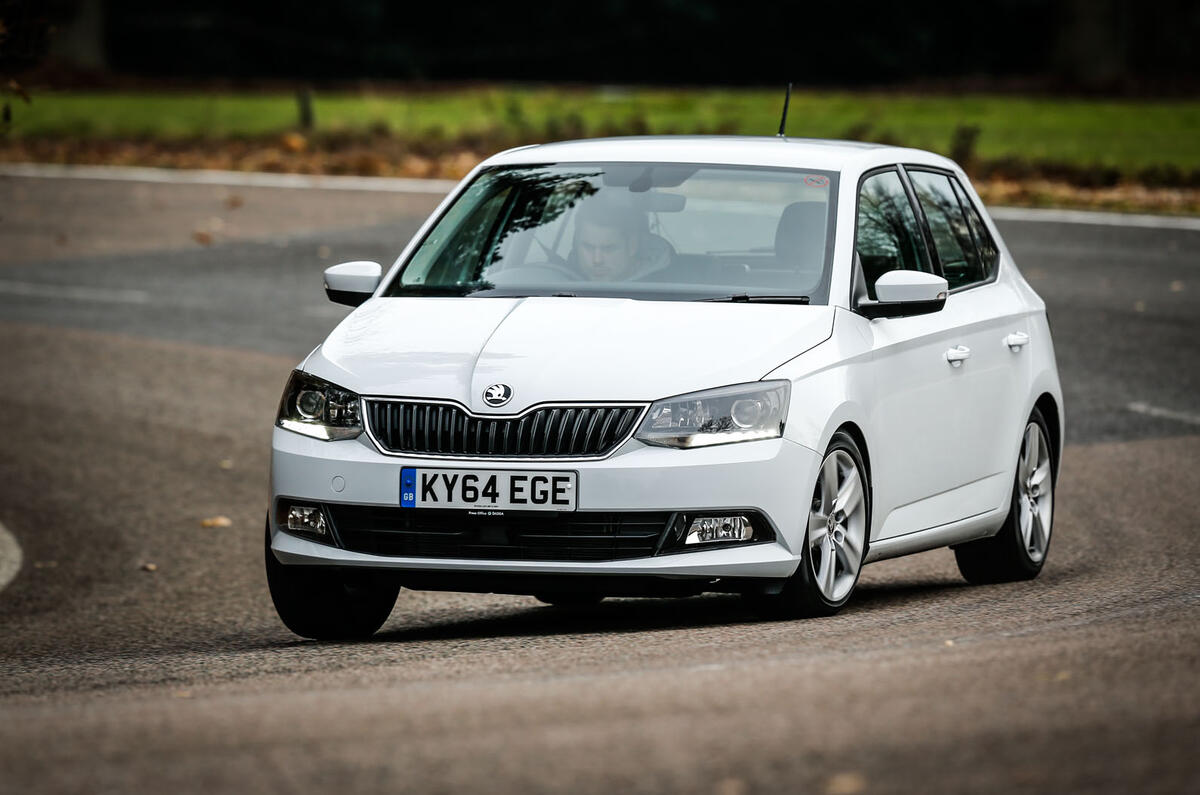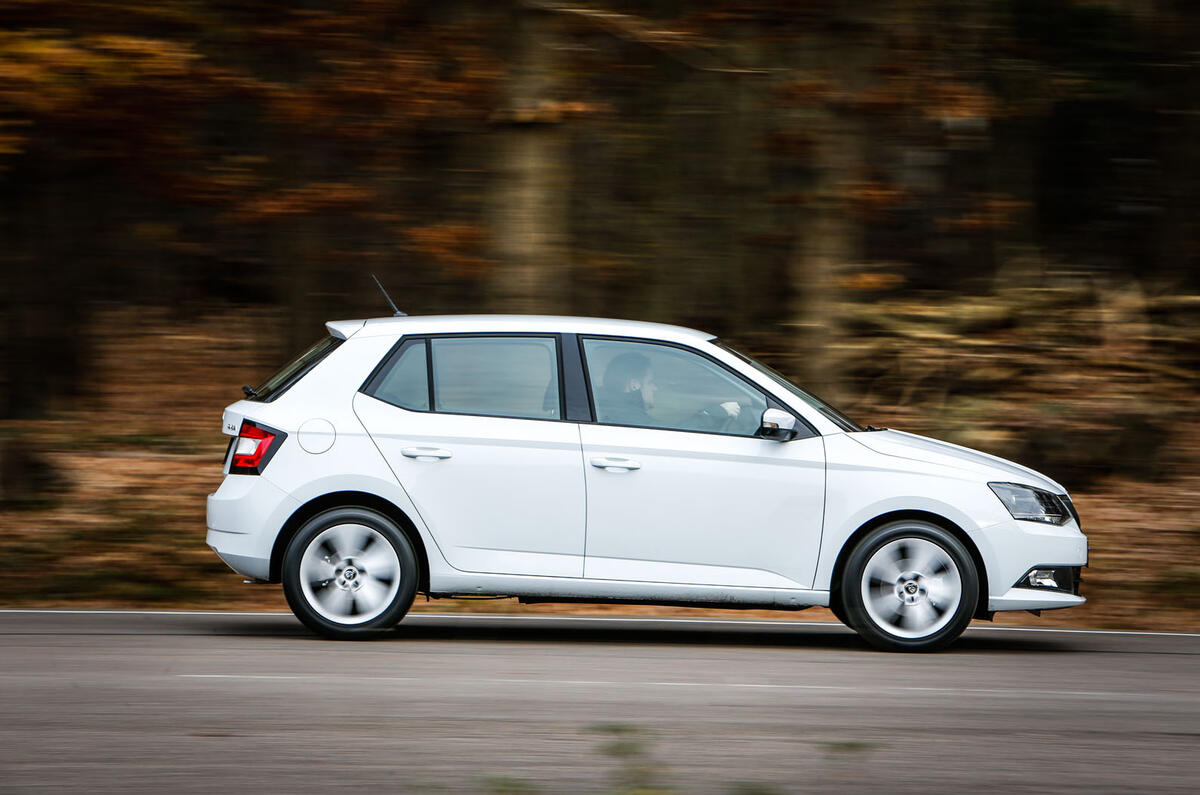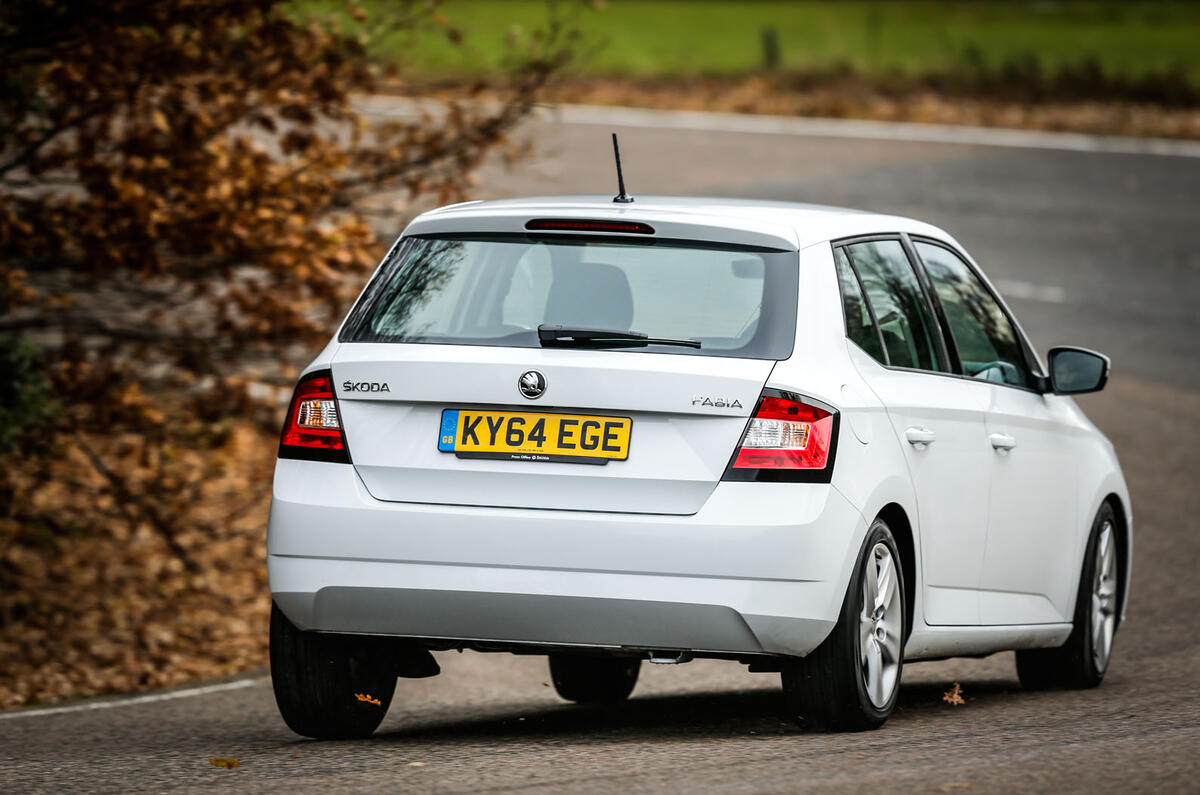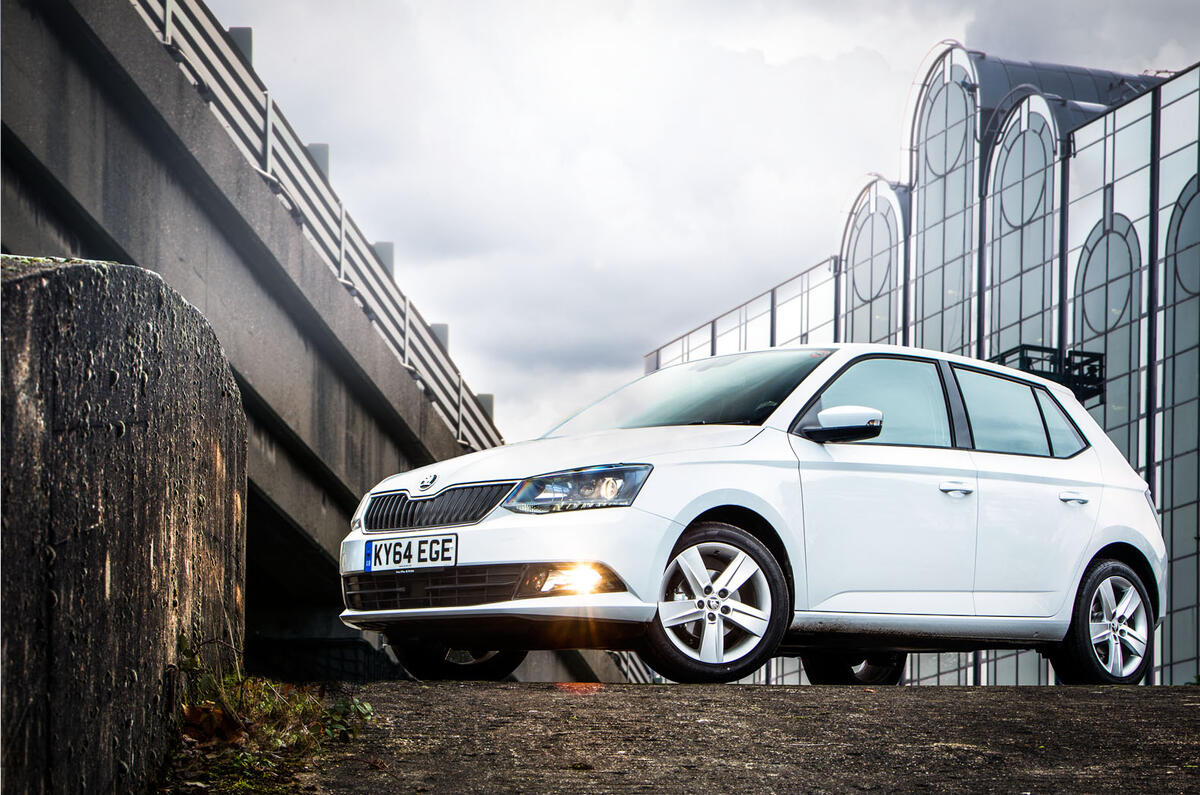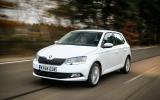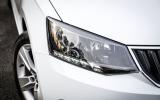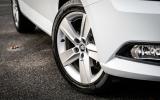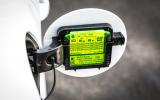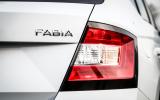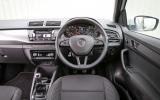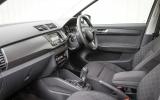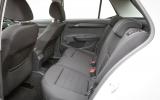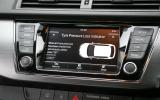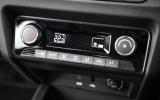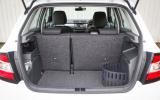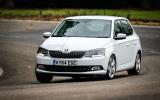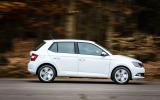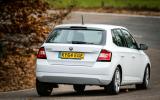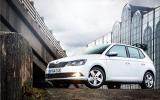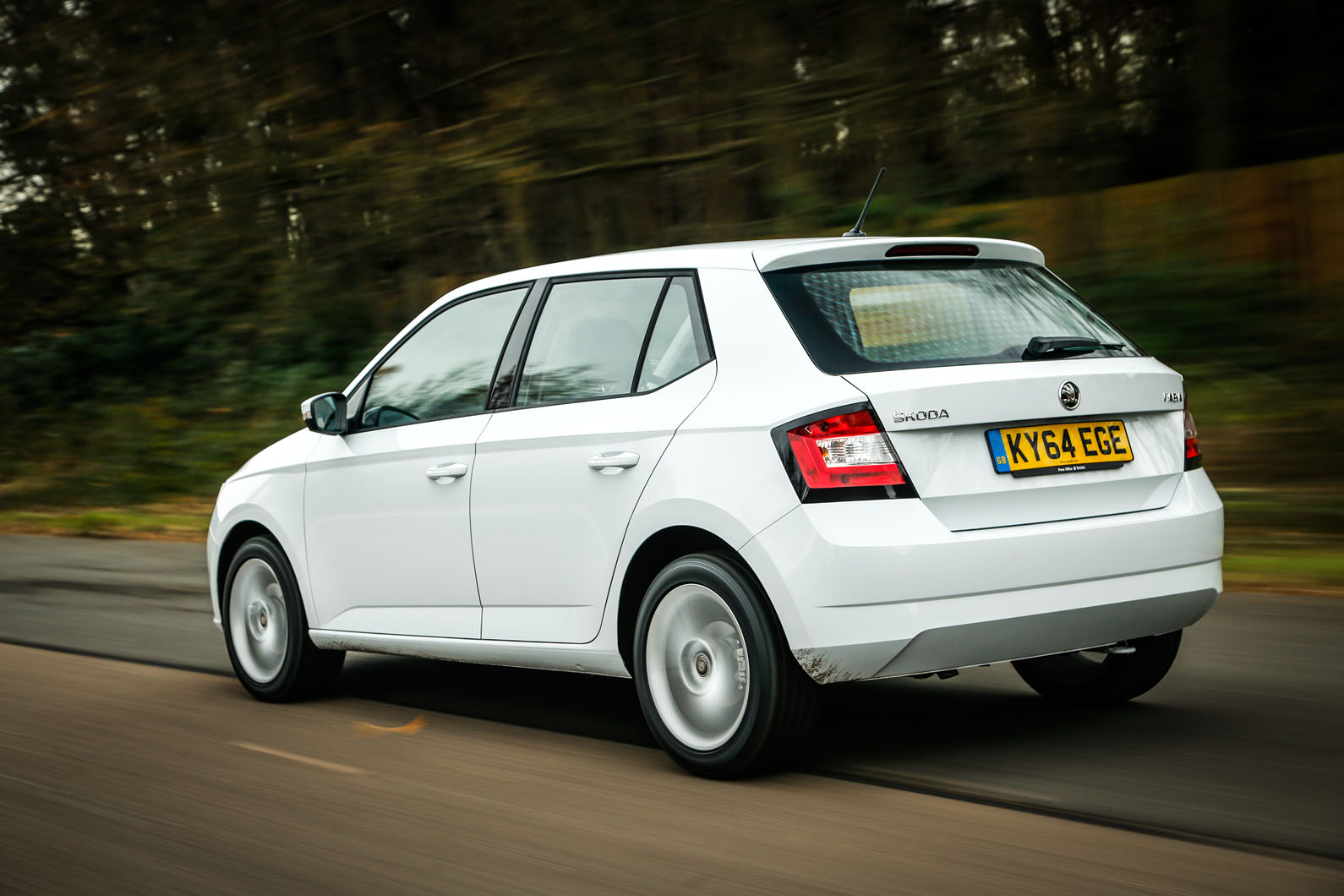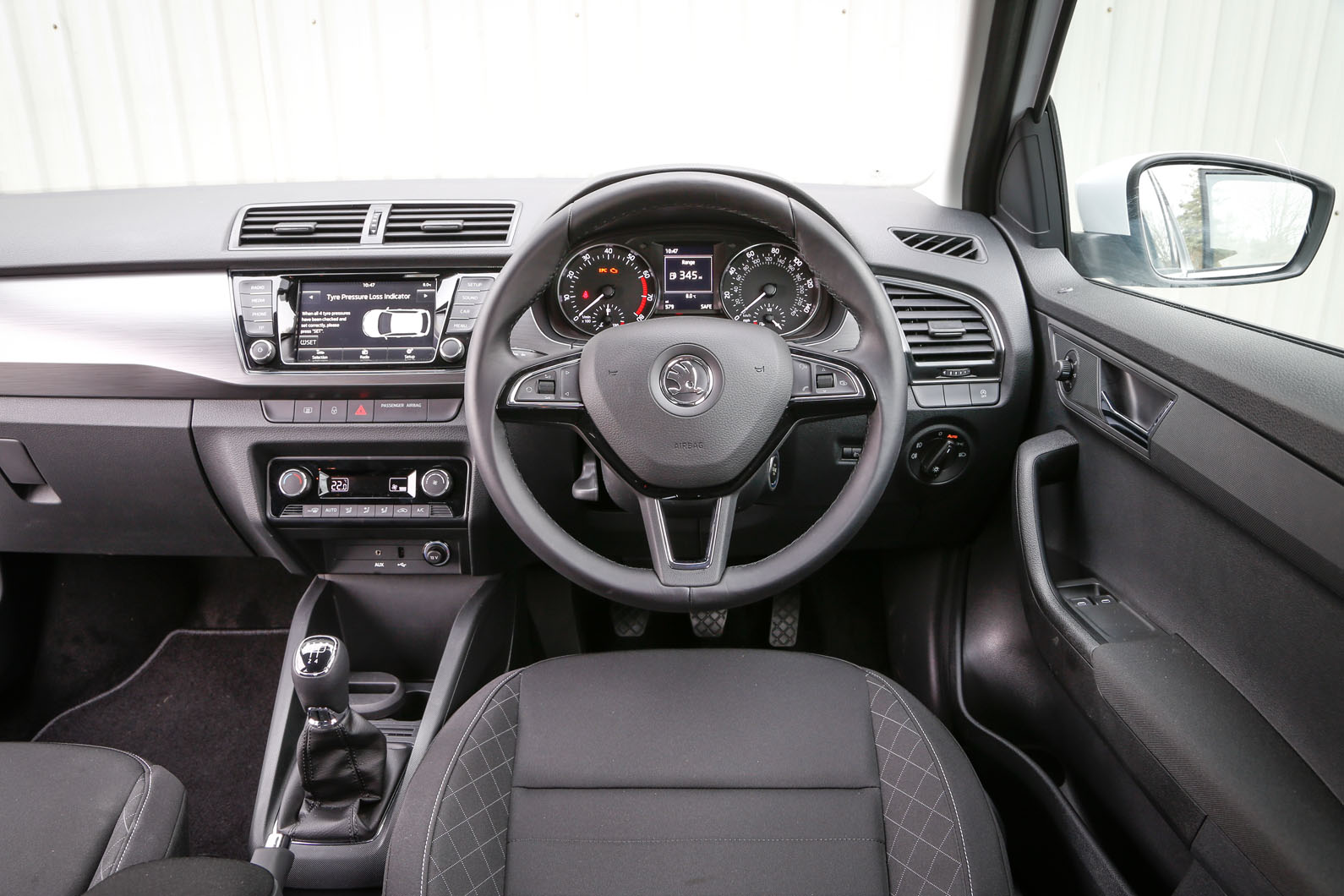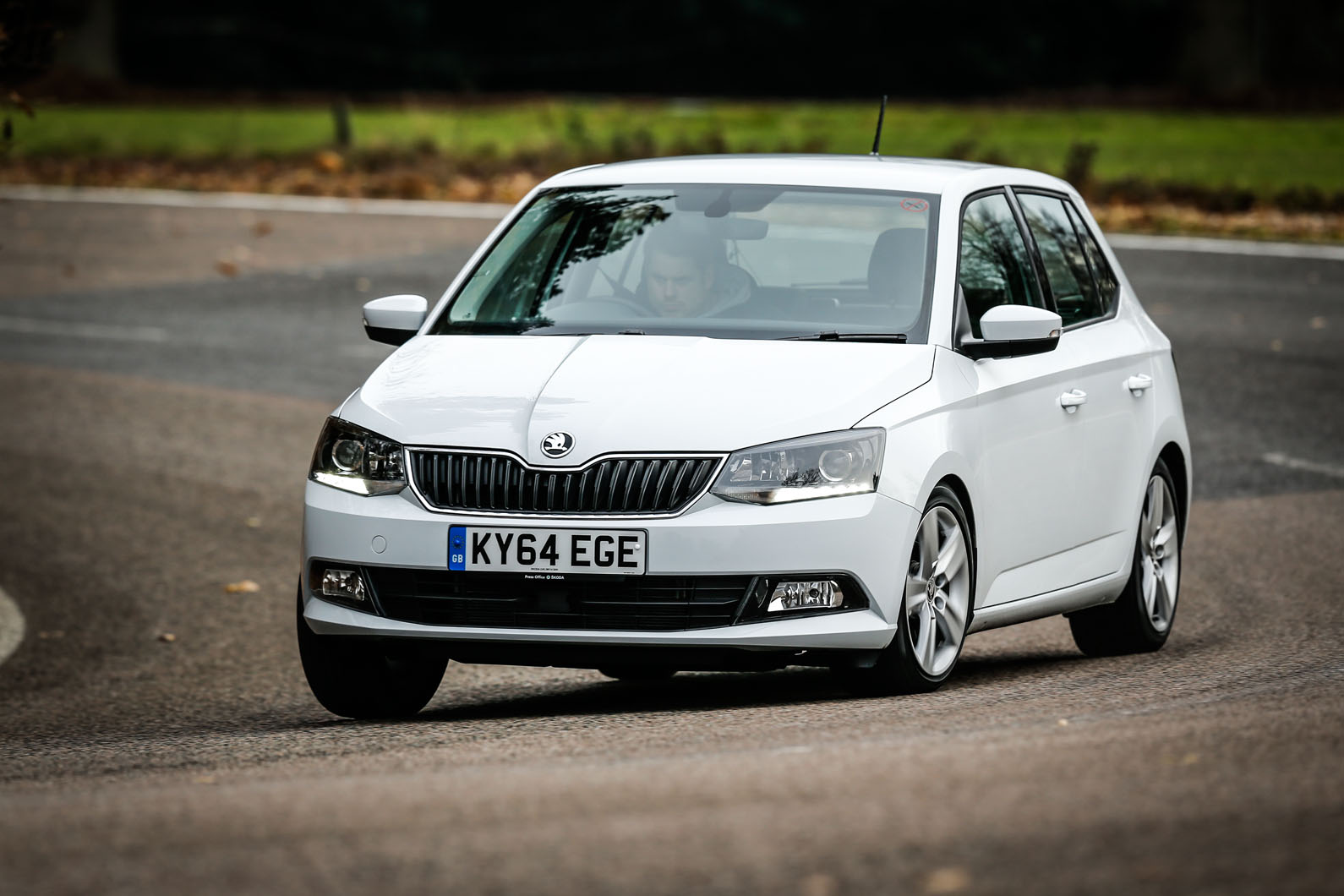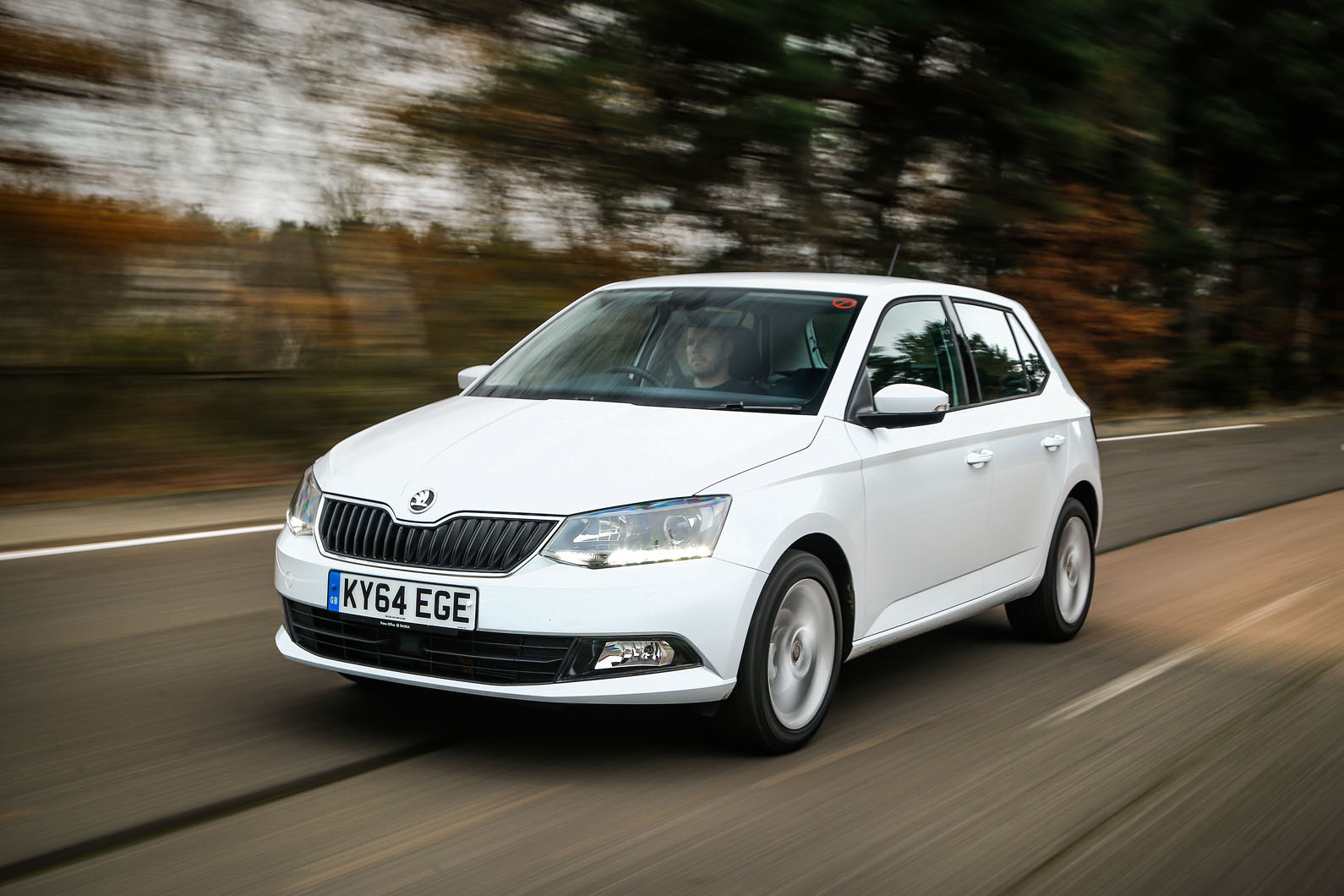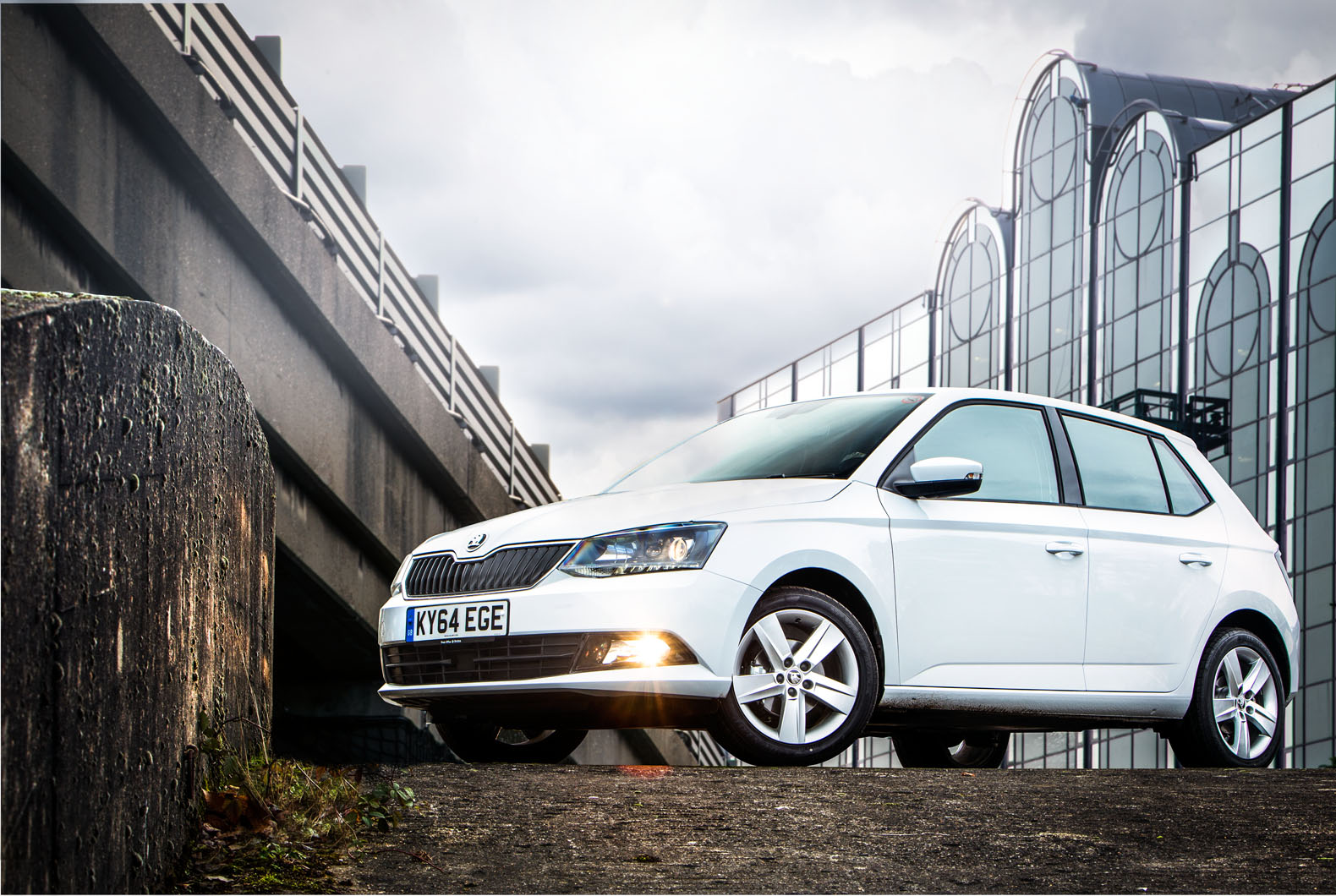Skoda’s concerted fettling of the exterior delivered some modest advantages on the inside, but this was unlikely to be the first thing you noticed.
Instead, it was the first-rate job that the firm had done on the fit, finish and all-round appearance of the dashboard. The mk2 Fabia epitomised Skoda’s slow march upmarket.
Although it lacked the soft-touch plastics of a Volkswagen Polo, this was not merely a functional cabin (as its dutiful predecessor certainly was) but a ripened and fully realised cabin with an element of class about it.
So grown-up was it, in fact, that some buyers may have queried a lack of personality when compared with the design flair at work in something like a Mini. But that would be to quibble with Skoda’s pragmatic approach to interior design, and most Fabia owners probably wouldn't have missed something as fickle as visual flair.
As for the standard equipment on the Fabia, choosing one trimmed in S specification came with steel wheels, electrically adjustable and heated door mirrors, front electric windows, DAB radio, a USB port and Bluetooth connectivity. The SE model added 15in alloys, air conditioning, rear parking sensors, a 6.5in touchscreen infotainment system and six-speaker audio system.
The Skoda Fabia Colour Edition came fitted with some funky colour combinations, 16in alloy wheels, cruise control and LED day-running-lights, while the Monte Carlo edition got 16in alloys, a panoramic sunroof, sports seats and sporty attire. The range-topping SE-L models came with cruise control and keyless entry and start, and climate control.
Beyond the pleasingly sharp-suited facade was the usual laudible attention to ergonomic detail. Volkswagen DNA virtually guaranteed this, although it came embellished in the Fabia with a number of new 'Simply Clever' advantages, including an ice scraper in the fuel filler cap, a rubbish bin in the passenger’s door, bigger bottle holders all round and a shopping holder to prevent items from moving around in the boot.
As for space, the interior felt ample enough for a five-door supermini. A 2mm increase in rear elbow room seemed a ludicrously scant claim, given the extra physical width of the model, and it didn't quite fit the subjective appreciation of what seemed like a comfortably bigger car than its forebear.
Couples and small families were the catchment area here, and neither would feel cause to complain. Only adults who frequently travelled in the Fabia’s back seats may find fault with the claim that this was the most practical car in the supermini class.
However, Skoda’s claim that the Fabia had the biggest boot in the segment, at 330 litres, was to be believed. There was room for larger pushchairs or a couple of large suitcases – unusual for a supermini. For reference, a five-door Polo was a full 50 litres behind.



